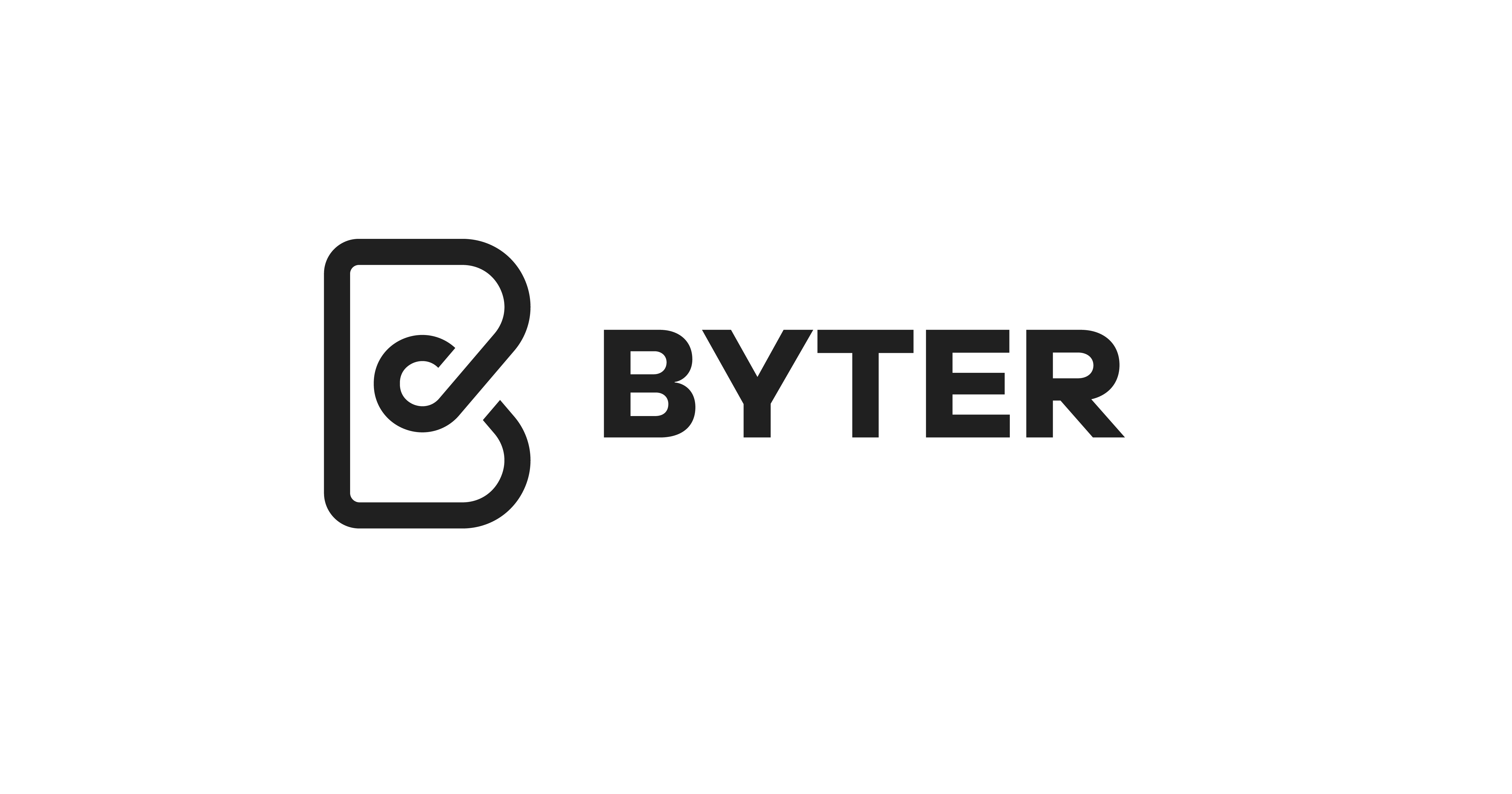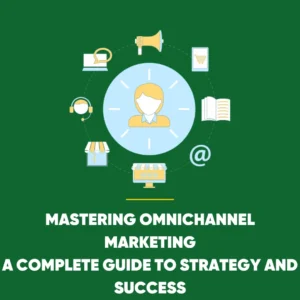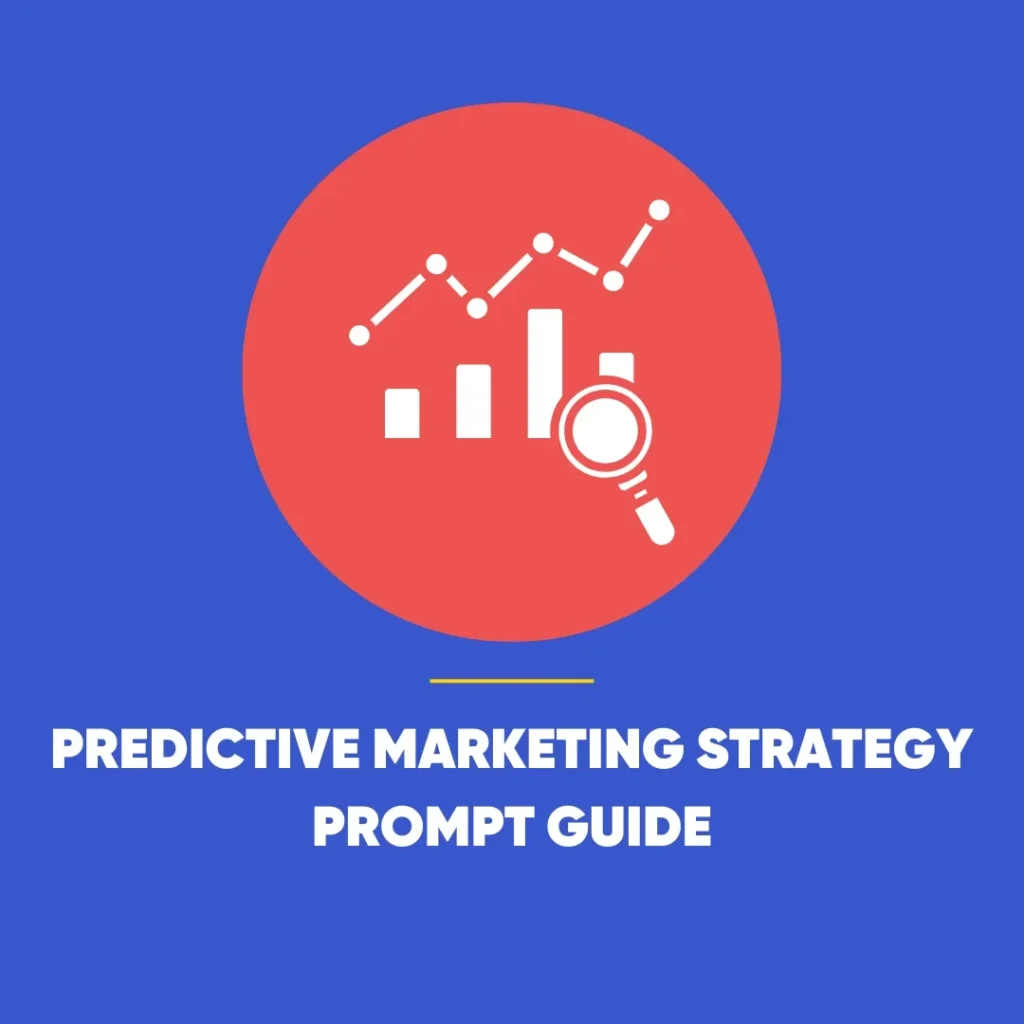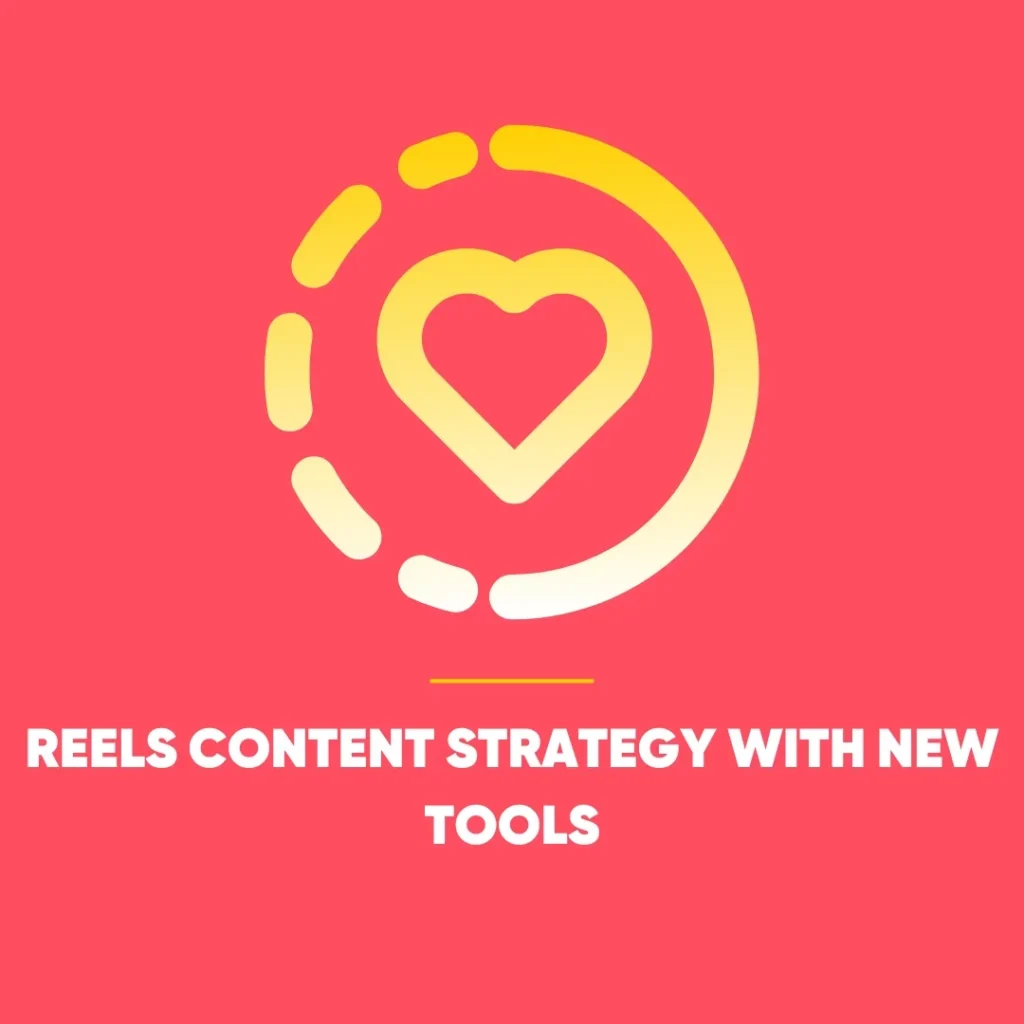Designer Portfolio Tips: Stand Out Fast
In today’s hyper-digital world, designer portfolio tips are essential for grabbing attention before viewers move on in seconds. Whether you’re a designer, developer, or creative professional, your portfolio has just 30 seconds to make an impression. It’s not generous – but it’s reality. Here’s how to ensure that tiny window of time works in your favour.
Why the First Glance Matters More Than Ever
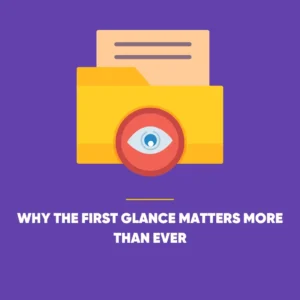 Imagine a hiring manager or client clicking through dozens of portfolios in one sitting. They’re not reading every word or analysing every detail. They’re skimming. Judging. Filtering.
Imagine a hiring manager or client clicking through dozens of portfolios in one sitting. They’re not reading every word or analysing every detail. They’re skimming. Judging. Filtering.
That initial glance – often no more than a few seconds – is where decisions are made. Is this person worth exploring further? Does the work align with what’s needed? If the answer isn’t obvious immediately, it’s game over.
That’s why your portfolio’s first visual should grab attention and communicate who you are, what you do, and how well you do it. Lead with your strongest, most visually striking project. It’s the equivalent of walking into a room with confidence – it sets the tone.
The (Realistic) 30-Second Rule: Designer Portfolio Tips
Let’s face it – everyone’s busy. Recruiters, clients, and creative leads are balancing deadlines, meetings, and a flood of emails. Your portfolio is one of many tabs open in their browser. You’ve got 30 seconds, if that, to prove you’re worth their time.
So what’s the trick? Clarity and impact.
The moment someone lands on your site, it should be crystal clear what kind of work you do. Are you a UX designer? A branding specialist? A digital illustrator? Say it boldly, show it clearly, and don’t bury the message under vague mission statements.
Keep It Short – but Never Dull
Lengthy project write-ups and long-winded intros are a fast track to the “next” button. Your portfolio needs to speak volumes with as few words as possible. Think of it like a billboard: eye-catching, memorable, and quick to process.
Each project should include a succinct description that outlines the challenge, the solution, and the outcome. Don’t write an essay – write a pitch. Be engaging, but stay focused. Avoid generic phrases and make every sentence work hard.
Bad example: “I enjoy crafting impactful digital experiences.”
Better example: “I create data-driven landing pages that increase conversion rates for SaaS brands.”
Simplicity Over Gimmicks: Designer Portfolio Tips
Just because you can use every animation under the sun doesn’t mean you should. A portfolio overloaded with visual effects, complicated navigation, or slow-loading pages can instantly frustrate viewers.
Instead, prioritise usability. Make it fast, smooth, and intuitive. A bit of polish in the form of subtle transitions is fine – just don’t let style overpower substance.
Studies show that 40% of visitors will abandon a site that takes more than three seconds to load. So even if your homepage looks like a digital art installation, if it’s sluggish, it won’t matter.
Your Work Isn’t a Diary – It’s a Display
It’s tempting to pour your entire process into every case study. You might feel that understanding your journey adds depth – but for most viewers, it’s the final result that counts.
That doesn’t mean you can’t show the process – just keep it light. A few insights into your thinking are useful, but let the visuals do the heavy lifting. After all, your work should speak for itself.
Think of your portfolio like a curated gallery, not a behind-the-scenes documentary. Too much explanation can cloud the message. Keep it visual, clear, and concise.
Use Social Proof to Build Trust
 Potential clients or employers often need a little nudge to feel confident in your capabilities – and that’s where social proof comes in. Testimonials, brief case studies, and logos from past clients or employers can offer credibility at a glance.
Potential clients or employers often need a little nudge to feel confident in your capabilities – and that’s where social proof comes in. Testimonials, brief case studies, and logos from past clients or employers can offer credibility at a glance.
If you’ve worked with well-known brands or delivered measurable results, highlight those achievements. Even short statements from happy clients can boost your appeal. It’s not bragging – it’s reassurance.
Remember: people trust people. When others vouch for you, your portfolio instantly becomes more persuasive.
Make Contact Easy (Seriously): Designer Portfolio Tips
This might seem obvious, yet it’s a common pitfall: burying your contact information.
Don’t make someone hunt for your email or LinkedIn; instead, make them easy to find from the start. Therefore, ensure your contact details are front and centre – ideally visible on every page.
Additionally, include a simple form, direct email address, and links to your professional social channels.
If someone likes what they see and wants to get in touch, the last thing you want is to make them search. Reduce the friction and raise your chances of a message in your inbox.
It’s Not Just About You – It’s About the Outcome
Many portfolios focus too much on the creator, not enough on the impact. It’s not enough to show pretty visuals – you need to show value.
When discussing projects, emphasise results. Did your design lead to more engagement, better conversion rates, or improved user satisfaction? Numbers talk. Even rough metrics can make your work more compelling.
Hiring managers aren’t just looking for talent – they’re looking for problem-solvers. Frame your work through that lens and you’ll stand out from the crowd.
Final Thoughts: Make Every Second Count
In the short time someone spends on your portfolio, they should walk away with a clear, compelling impression of who you are and what you can offer. So be bold. Be direct. Be strategic.
Lead with your best work. Keep your messaging sharp. Prioritise clarity over cleverness. And above all, remember that your portfolio isn’t just about showcasing what you’ve done – it’s about persuading someone to want to work with you.
When done right, 30 seconds is more than enough to make a lasting impact.
